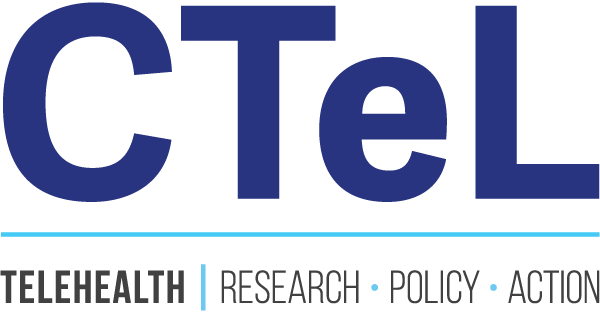CTeL’s Push for Telehealth Expansion: Why This Moment Matters
As the 119th Congress begins its work, the Center for Telehealth and e-Health Law (CTeL) is urging lawmakers to prioritize telehealth in the upcoming reconciliation bill. This legislation represents a unique opportunity to extend critical Medicare telehealth access and address issues like facility fees that could undermine telehealth’s cost-saving potential.
Telehealth is no longer an experiment or a temporary pandemic solution. It has become an integral part of our healthcare system, improving access and quality of care for millions of Americans, particularly seniors and those in rural and underserved communities. Yet, without swift action, the gains made during the COVID-19 Public Health Emergency (PHE) could be lost.
Ensuring Access with the Preserving Telehealth, Hospital, and Ambulance Access Act
Our comment letter to congressional leaders emphasized the importance of the Preserving Telehealth, Hospital, and Ambulance Access Act. This legislation would extend PHE telehealth waivers through the end of 2026, providing stability for patients and providers alike. These waivers removed geographic site restrictions, expanded practitioner eligibility, and allowed federally qualified health centers (FQHCs) and rural health clinics (RHCs) to offer telehealth services.
The geographic site restrictions, introduced in 2001, were intended to limit telehealth utilization due to cost concerns. However, research—including CTeL’s landmark 2021 cost impact study—has shown that telehealth is largely substitutive, not additive. It enhances access without increasing the volume of services or fraudulent claims. Extending these waivers will allow for continued access while giving researchers and policymakers the time needed to assess the long-term cost implications of telehealth.
The Problem with Facility Fees
Telehealth holds the potential to reduce healthcare costs for patients, but this benefit is at risk due to the imposition of facility fees for telehealth services. These fees, often levied by hospitals even when patients never visit in person, can add hundreds of dollars to a patient’s bill, creating confusion and financial strain.
CTeL is advocating for federal legislation modeled on Connecticut’s 2024 law, which prohibits facility fees for telehealth services and limits their use for off-site outpatient services. By addressing this issue, Congress can ensure that telehealth remains a cost-saving, patient-centered option.
CTeL is advocating for federal legislation modeled on Connecticut’s 2024 law, which prohibits facility fees for telehealth services and limits their use for off-site outpatient services.
A Data-Driven Approach to Policy
CTeL has long championed the use of evidence-based research to inform health policy. Our ongoing collaboration with researchers aims to provide Congress and the Congressional Budget Office (CBO) with accurate data on telehealth’s long-term cost impact. Preliminary findings suggest that telehealth usage has stabilized at levels higher than pre-pandemic trends but lower than its 2020-2021 peak.
Extending the PHE waivers through 2026, as proposed in the reconciliation bill, would create a critical window for gathering and analyzing the data needed to make informed, sustainable decisions about telehealth’s future.
The Path Forward
Telehealth has transformed how care is delivered, making it more accessible and equitable for patients across the country. Now is the time for Congress to solidify these gains by removing outdated barriers and protecting patients from unnecessary costs.
Now is the time for Congress to solidify these gains by removing outdated barriers and protecting patients from unnecessary costs.
CTeL remains committed to working with lawmakers, researchers, and advocates to ensure that telehealth is a cornerstone of a modern, efficient, and patient-focused healthcare system.
To learn more about CTeL’s work or to join the conversation, visit us at www.ctel.org. Together, we can make telehealth a permanent solution for better healthcare access.

